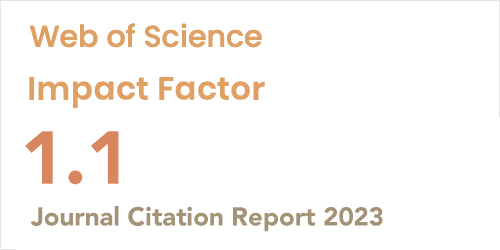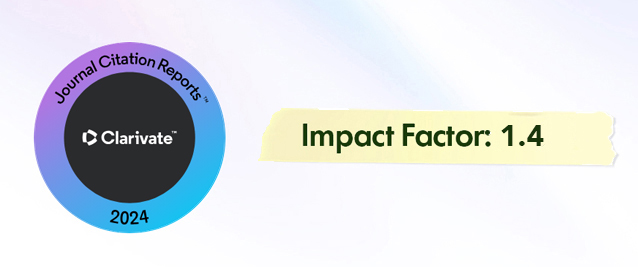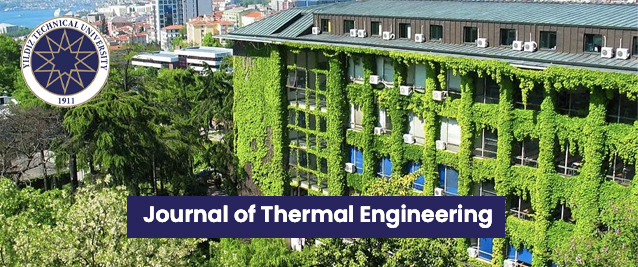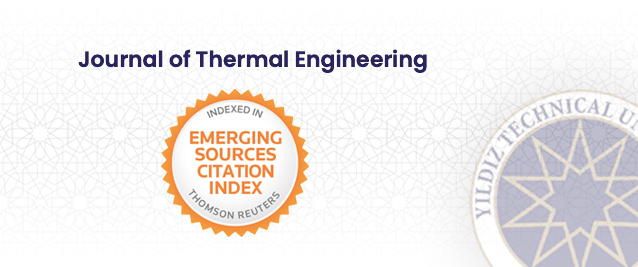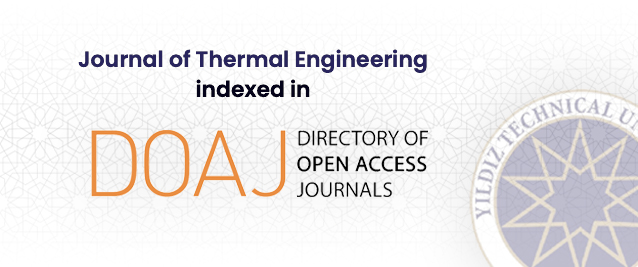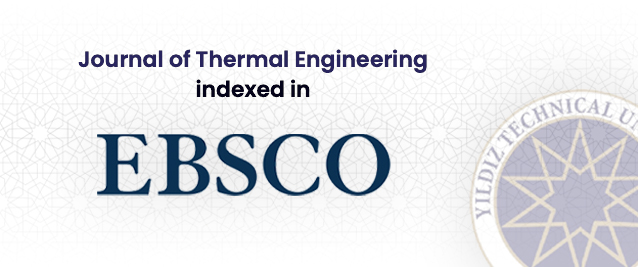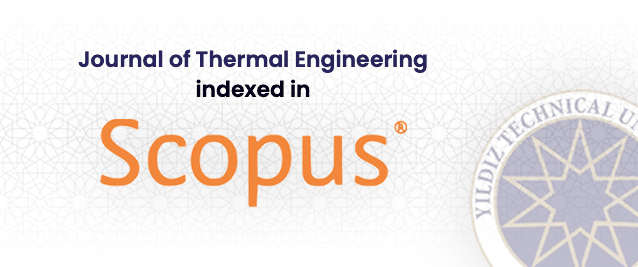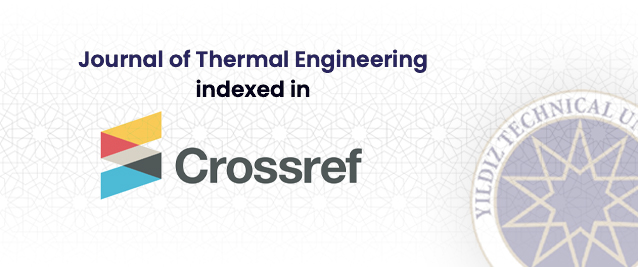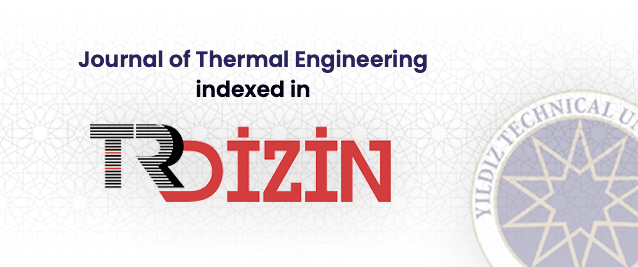2Processes, Energy, Environment and Electrical Systems, National Engineering School of Gabes, University of Gabes, Omar Ibn Al-Khattab Street, Zrig, 6029, Gabes, Tunisia
3Higher Institute of Technological Studies of Gabes, Gabes, 6011, Tunisia
4Department of Chemistry, Fatima Jinnah Women University, Rawalpindi, 46000, Pakistan
5College of Engineering Technology, University of Doha for Science and Technology, Doha, Qatar
6Mechanical Engineering Department, Esentepe Campus, Sakarya University, Sakarya, 54187, Türkiye
Abstract
Alternative fuels have the potential to reduce exhaust emissions in the transportation sector. This research investigates the use of oxygen-enriched fuel mixtures as practical alternatives to pure gasoline in spark-ignition engines. Unlike previous studies that only focused on indi-vidual or paired oxygenated fuel comparisons, this study analyzes simultaneously three oxy-genated fuels (ethanol, methanol, and acetone) at identical blending ratios. Experiments were performed with an engine testing rig under full load conditions at varying engine speeds. The tested fuel blends included pure gasoline and blends, with 10% ethanol, acetone, and metha-nol by volume. The results indicated that all the tested fuel blends led to slight improvements in engine performance. The methanol blend provided the highest increases in brake torque, power, and mean effective pressure, with enhancements of up to 19%. Meanwhile, the ethanol blend notably enhanced fuel consumption and thermal efficiency by 25% and 40%, respec-tively. Regarding the exhaust emissions, it was observed that all the oxygenated fuel blends reduced the carbon monoxide and carbon dioxide emissions. The best achievement was ob-tained with the ethanol blend, which reduced carbon monoxide and carbon dioxide emissions by 35% and 15%, respectively. However, nitrogen oxide emissions increased with both alcohol blends. On the other hand, it decreases with the acetone blend across all engine speeds. Thus, this work proposes innovative pure gasoline alternatives that can reduce hazardous emissions without requiring technical interventions or loss in engine power.




